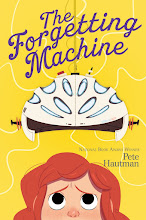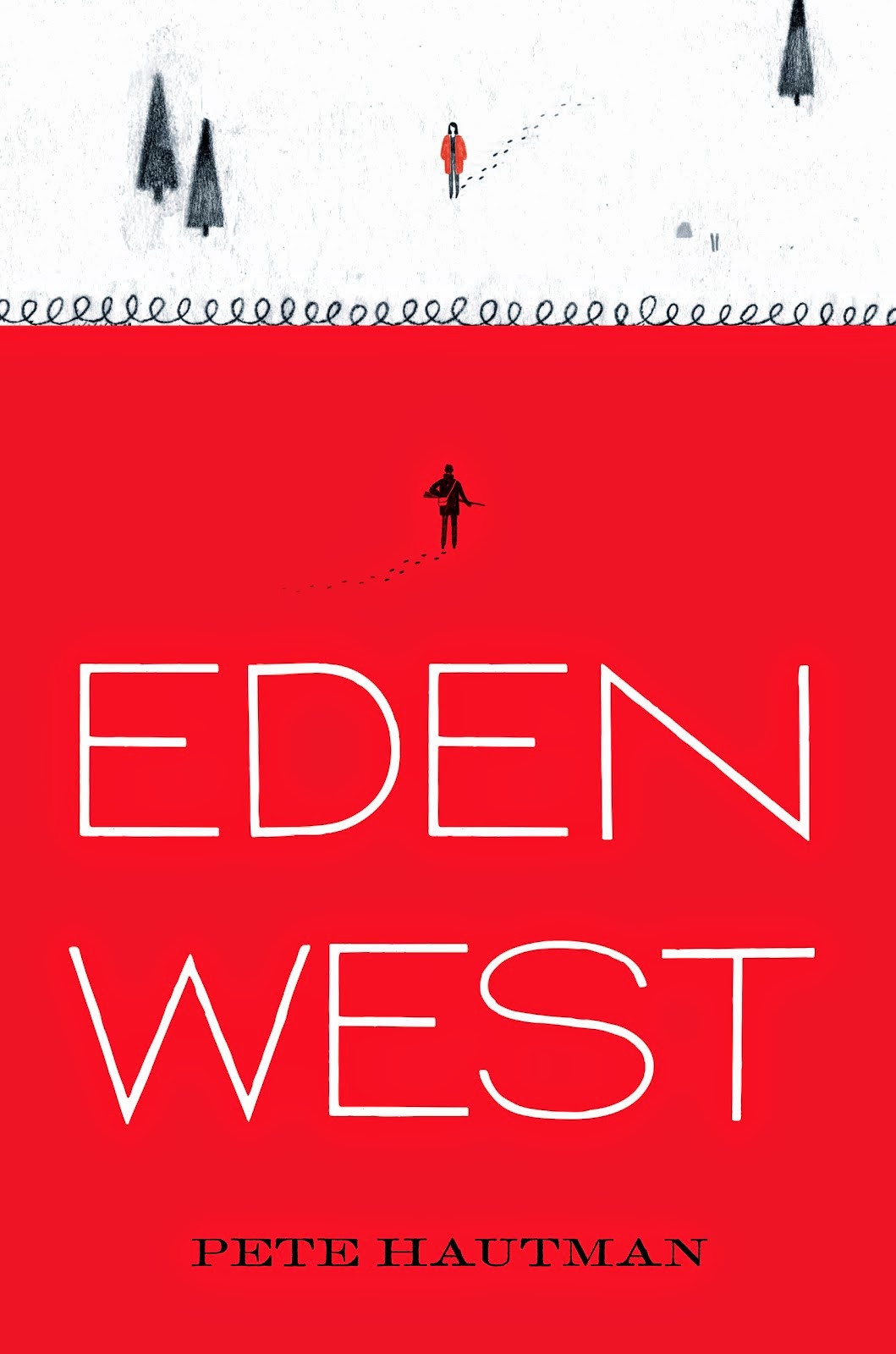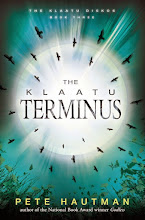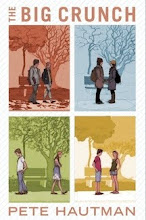In 1958 our family moved from California to Minnesota.
My father had grown up in Minneapolis and met my mother there. They were sad to
leave the avocados and artichokes and mild weather behind, but happy to be back
amongst “their people.”
They bought a house on the outer edge of St. Louis
Park, a suburb of Minneapolis. Back then there were still working farms within
walking distance.
The day we moved in, my dad took me for a walk in the woods behind our house. I was five years old. He taught me the names of the trees and the animals. He taught me about poison ivy and wild berries.
We lived on a dead end street with a few hundred acres
of woods and fields behind our house—most of it had once been the Westwood
Hills Golf Course, a twenty-seven hole public course. My dad and his brothers
had golfed there in the 1940s and early 50s. In the mid 1950s, the course was
reduced to eighteen holes.
A few years later only nine holes remained playable.
Part of the course went to a housing development, the rest of it was left to
nature. When my family moved there in 1958, only the last nine holes of the
golf course was still being maintained. I golfed those holes when I was eight
years old. My handicap must have been about fifty.
During our first walk in the woods, my dad showed me
where an old fairway had been—four years after that section of the golf course
had closed, the fairway had become a long, narrow field of knee-high grasses, weeds, and saplings. At
the end of the field we discovered a large patch of creeping bent—the tight,
low grass variety used for golf greens.
In 1961, the last nine-hole golf course closed. That
same year, a water main broke, and sixty acres of the old golf course flooded,
forming a marsh that would later would become known as Westwood Lake. My friend
and I built a raft out of scavenged construction pallets and poled out onto the
newly formed marsh. We could see through the clear water to the bright green
turf below. In one place, gas built up beneath the underwater turf, creating a
huge bubble that rose up out of the water—a bright green, perfectly
circular island about ten feet across. Of course, we jabbed a pole into it. The
marsh farted, complete with sulphury reek.
Late that fall we had a hard, early freeze. The water
turned to glass. You could see through the ice to the green grassy bottom. The
ice was only an inch or so thick—just enough to support a ten-year-old on
skates. An infinity of utterly smooth ice to skate on!
Although we were only six miles from downtown
Minneapolis, the area still had a rural feeling. In the early 1960s I and
several other kids in the neighborhood trapped muskrat and mink in the marsh.
We sold the pelts to Berman Buckskin for pocket money. For several years I
subscribed to Fur-Fish-Game magazine. I still have my copy of The Trapper’s
Companion, the first book I ever bought. My literary hero was Jim
Kjelgaard, who wrote about dogs and the outdoors. I wanted to be a trapper,
like Danny, the hero of Kjelgaard’s novel Big Red.
 |
| What it looks like today. |
Today, most of that land has been leveled to make room
for housing, auto dealerships and office buildings. About 200 acres, including
the marsh, has been preserved as a nature center. It’s no longer the wild place
I remember—there are fences and woodchip trails, interpretive signage and
rules. I still go there a few times a year to search out the old paths and
reawaken memories, but it is not the same. The magic is still there, but it has
become civilized, lethargic, mundane.
My novel Otherwood is my eulogy to the woods
that live now only in my memory. I have taken great liberties with the
woods—made them bigger, and more recent—but I hope that some of the wonder and
mystery and magic has survived.
Otherwood
will be published by Candlewick Press on September 11, 2018.























